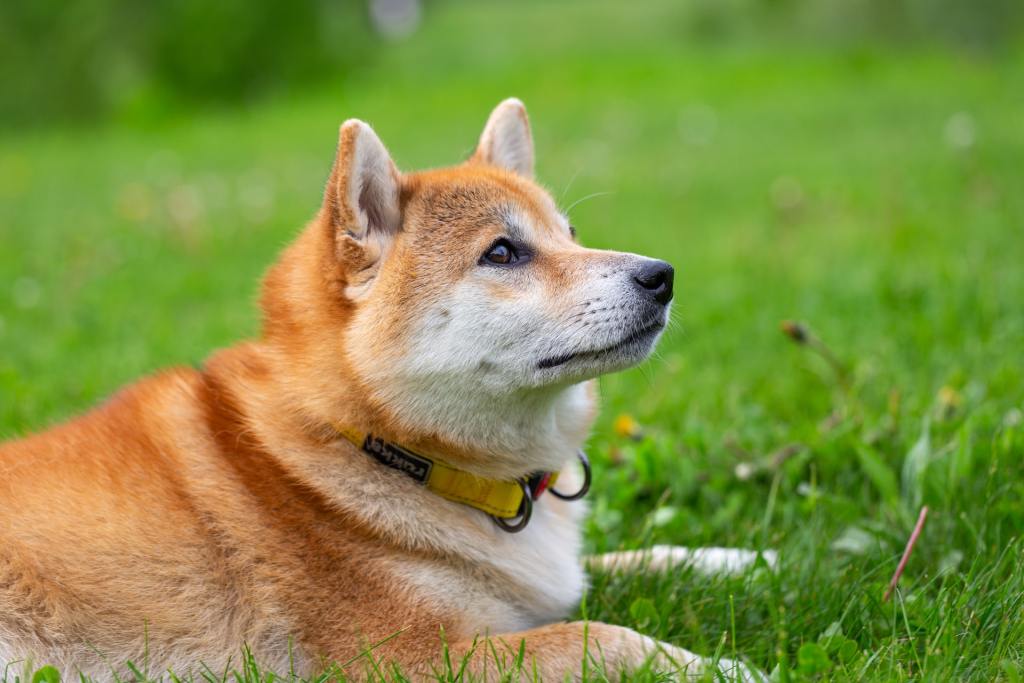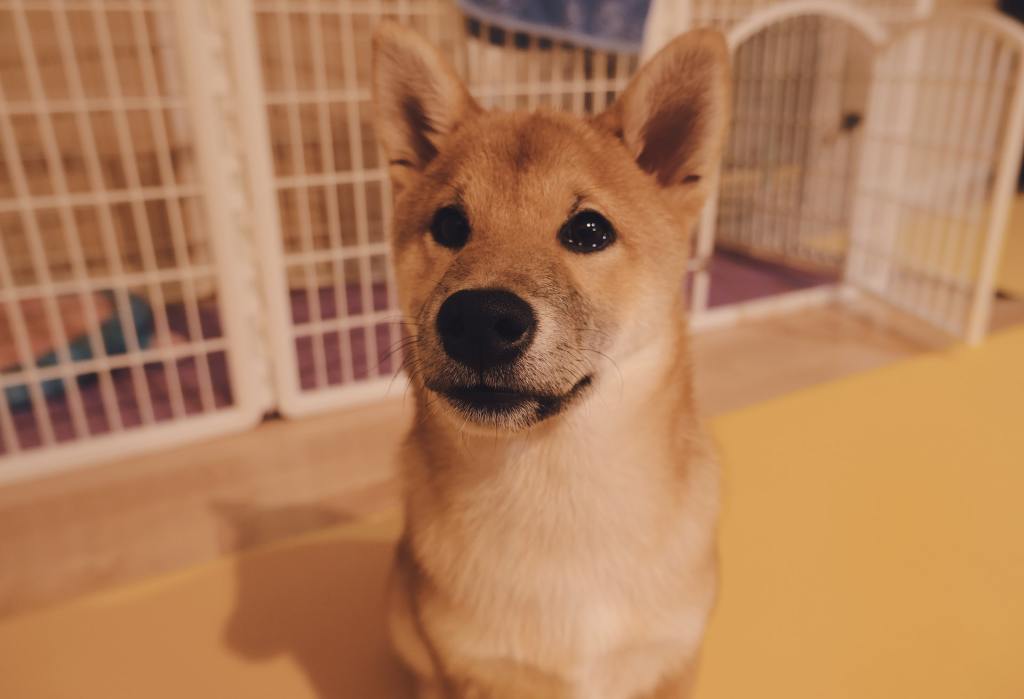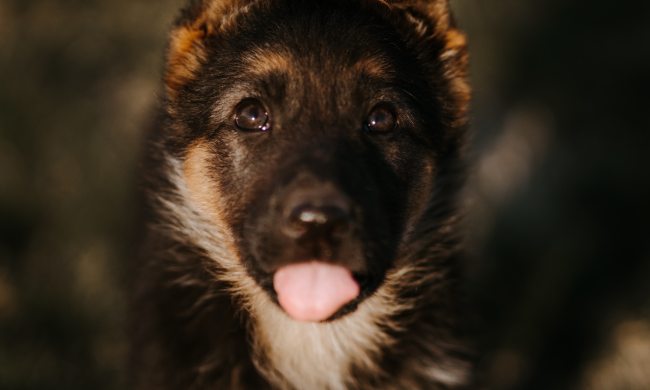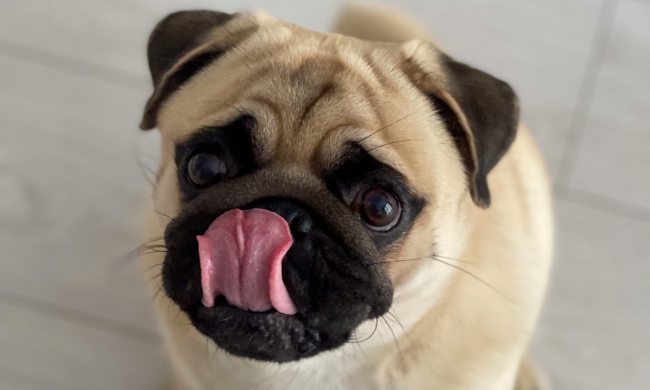That little foxlike face is hard to resist, even when he is refusing your every request. You know he can hear you, but the stubborn streak in Shiba Inus runs deep. It’s not you, it’s him. Your Shiba considers your requests carefully before deciding whether to comply. If he doesn’t think it makes sense, he just says “no.”
Regardless, a dog with as much intelligence and energy as a Shiba Inu needs to understand his boundaries, which is why obedience training is so important with this breed. Crate training your dog is a good place to start. Here’s why.

Shiba Inu training
It helps establish you as pack leader
Some say that Shiba Inus are the canine version of a cat because they are every bit as indifferent to pleasing their humans. That’s all well and good; however, indifference is vastly different from disobedience. Your dog may not like what you’re asking him to do, but for his safety as well as yours, it’s important for him to follow your commands.
By teaching your Shiba to go to his crate when told, you’re establishing yourself as the authority figure in the household. And if you exercise consistency and patience during the training process, your dog will come to appreciate his new space and be ready for the next phase of his obedience training.
It helps with housebreaking
Whether you’re housebreaking a puppy or an older dog, using a crate can help. That’s because most dogs don’t like to potty where they sleep. As long as the crate isn’t so big your dog can sleep in one end and potty in the other, he’ll probably wait for you to take him outside before relieving himself.
Please keep in mind that experts don’t recommend leaving your dog in his crate for more than eight hours at a time, four to six hours for puppies and older dogs. Doing so can create behavioral problems, especially with a breed that needs as much activity as a Shiba Inu does.

It keeps your belongings safe from doggie boredom
Speaking of activity, Shiba Inus were originally bred as hunting dogs. Not only are they super intelligent, but they’re also full of energy. These particular characteristics are great when it comes to learning new tricks or playing a game of fetch in the yard, but they can also lead to destructive behavior when your dog is left unattended to make up his own fun.
Although it’s no substitute for giving your pup the physical exercise and mental stimulation he craves, crate training can prevent your dog from chewing on door frames or furniture, or destroying household items like shoes and sofa cushions.
It keeps your Shiba Inu safe
Crate training your dog isn’t punishment. In fact, it’s often the best way to keep him safe when you’re not home. Destructive behavior can be dangerous, especially if your Shiba decides to chew on a lamp cord, receives a cut from a glass object he breaks, or ingests something poisonous.
The key to crate training is to create a space in which your dog feels safe and secure. This takes time and lots of patience. Here are a few tips:
- Start when your dog is a puppy, if possible.
- Choose a crate that’s large enough for him to stand up, turn around, and lie down in comfortably.
- Place the crate in a common area of the house where your family congregates.
- Make the crate an inviting retreat by placing comfy blankets and his favorite toy(s) inside.
- In the beginning, leave the crate door open and let him explore inside and out.
- Use treats and lots of praise to encourage him to spend time inside the crate with the door open.
- Begin shutting the door while you’re in the room for a few minutes at a time. Increase the increments as he becomes more comfortable.
And remember, your Shiba Inu is an intelligent dog who can read your emotions, so keep all training positive and playful. Use treats and praise as a reward. Be consistent with the words you use in your commands and gentle but diligent when enforcing your requests. Your little independent thinker might have a naturally dominant nature, but he understands when to be the subordinate. Teaching him how to love his crate creates a solid foundation on which he can learn the additional rules of the house.


